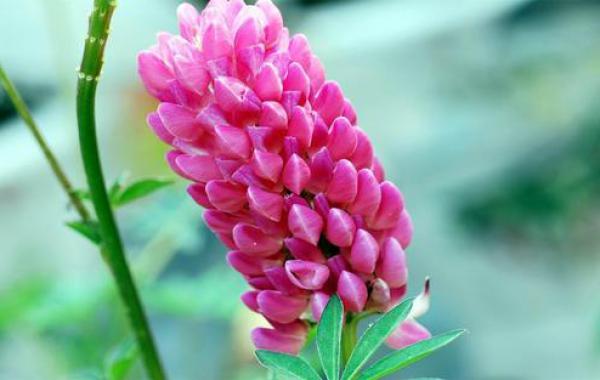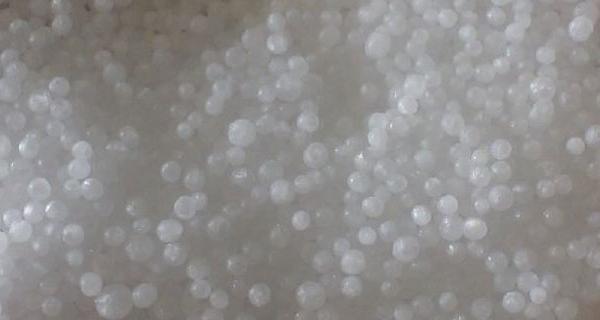How to control flower leaf-eating pests
The occurrence of flower leaf-eating pests will seriously damage the ornamental value of flowers and affect the growth of flowers. Flowers with insect pests should be controlled in time.
Insect growth regulators. For example, diflubenzuron series insecticides are insect growth regulators, and their insecticidal mechanism is to inhibit chitin synthesis in insect epidermis. Juvenile ureas are mainly stomach poisons, but they can also invade the insect epidermis with good control effect, long effective period, low control cost, resistance to Rain Water, drug resistance to pests and safe to flower plants, human, livestock and environment.
Bacterial pesticide Bt emulsion. Bt emulsion is a kind of Bacillus insecticide. The main insecticidal ingredient is hemisporal crystal. The drug has become the main biological insecticide widely used. The pathogenic mechanism of Bt emulsion is that Bt insecticidal toxin causes pathological changes in the digestive tract of pests and dies. Causing pest paralysis, fasting, slow response, diarrhea, and then a black ring appeared in the abdomen, and gradually expanded to the whole body, and eventually died of poisoning. After death, pests become black software, rot, hang upside down, or die on leaves and branches. Bt has pathogenic and toxic effects on many kinds of Lepidoptera larvae and leafhoppers, and is mainly used to control the larvae of Lepidoptera pests.
Botanical pesticides mainly include the following four kinds. 1% nicotine oil: multiple Chinese herbal medicine plant EC insecticides, which can also be quickly killed against resistant insects, with the characteristics of good degradation, no residue, safe use, no pollution, no pollution and stimulating the growth of flowers. 0.6% matrine lactone water agent: the action mechanism is mainly contact killing, supplemented by stomach poison, which can promote the growth of flowers and can be used to control all kinds of flower aphids and leaf-eating pests. 1.2% nicotine EC: it is a botanical pesticide, and the active ingredients are nicotine and matrine, which have stomach toxicity, contact killing and fumigation effects on insects. It has low toxicity to human beings and animals, no pollution to the environment, and no drug harm to flowers. 0.5% azadirachtin EC: a botanical pesticide.
The drug has the advantages of high efficiency, safety, low toxicity, low residue and no drug damage to flowers. At the same time, it has stomach poison, contact killing and certain antifeeding effect.
Related
- What if the leaves of potted flowers turn yellow?
- Florescence Control of several Flowers
- Anti-freezing technology and post-freezing nursing technology of flowers
- What is the classification of flowers? What are the common methods of flower classification?
- Prevention and control of alkali and acid damage of flowers in courtyard
- Technology of Anti-freezing and restoring growth of Flower seedlings in greenhouse and greenhouse
- How does flower fertilization not hurt the root? Fertilization technology of flowers
- Key points of disinfection in flower greenhouse
- Several pesticides that are banned or used cautiously in flowers
- How to fertilize the flowers that watch the leaves?



